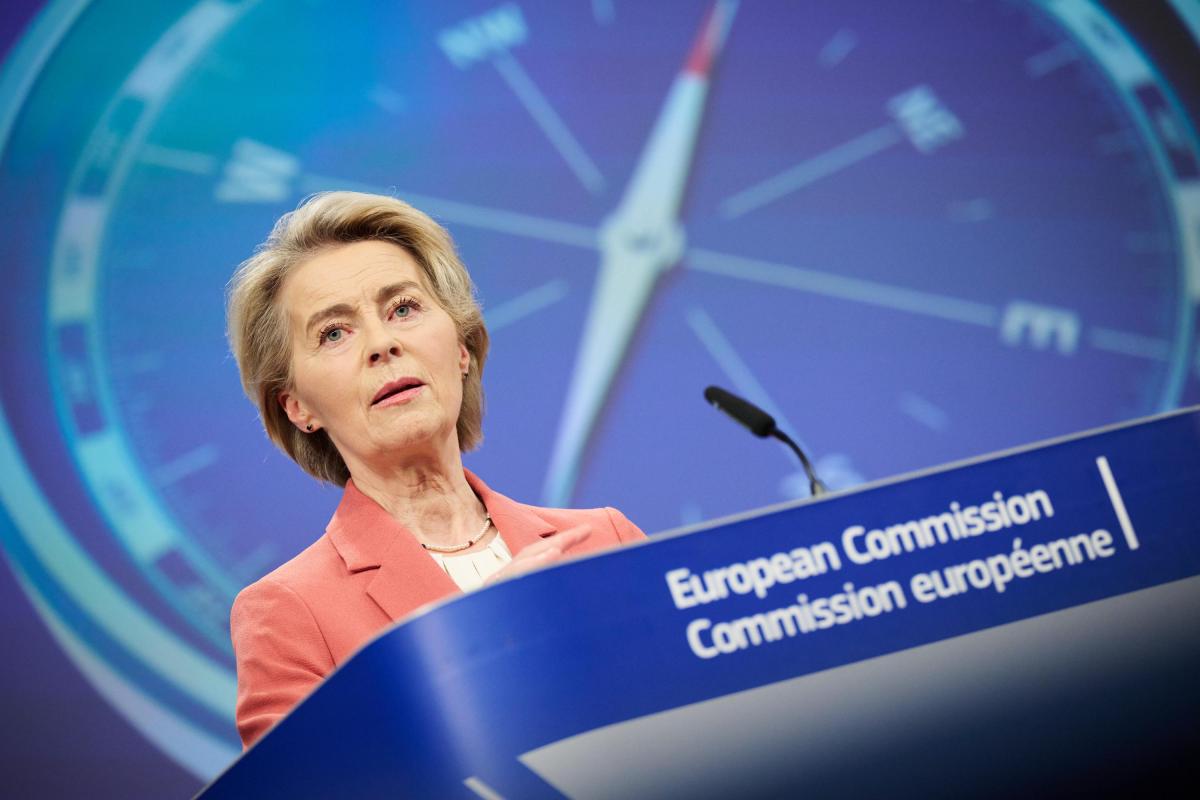
Professor Federico Fabbrini, Full Professor of EU Law, PI of the Jean Monnet Network PROSPER, and Founding Director of Dublin City University’s Dublin European Law Institute and Brexit Institute.
An ancient saying states that to those who hold a hammer, every problem looks like a nail. The only hammer the European Union (EU) has today is called regulation. And therefore it is through laws and regulations that the EU proposes to also address the problem of economic competitiveness of the old continent.
This, in a nutshell, is the gist of the European Commission’s very recent communication on the “European Competitiveness Compass”, published on 29 January. This communication, which is presented as the instrument that “will frame the work of the Commission for its entire five-year mandate”, is the response from the executive led by Ursula von der Leyen to the two important high-level reports: the report on the deepening of the internal market and that on the future of the European economy prepared respectively by former Italian Prime Ministers Enrico Letta and Mario Draghi, presented in April and September 2024.
Compared to the two reports, however, the European Competitiveness Compass is a much more limited document, just 26 pages long, whose aim is to outline an agenda for the European Commission in the months and years to come. The document is divided into 3 main substantive chapters, which correspond to the 3 areas that the Commission identifies as the focus of its future interventions, namely: 1) initiatives to fill the gap in innovation; 2) measures that promote the decarbonisation of the economy while safeguarding the competitiveness of industry; and 3) actions to reduce overdependence and increase European economic security. On top of these objectives the communication adds further horizontal interventions, described in a last chapter, where the Commission promises to promote measures of administrative simplification, deepening of the internal market, the creation of a savings and investment union and the promotion of a union of learning – in order to create an ecosystem more conducive to competitiveness.
In essence, the measures identified by the European Commission in its Competitiveness compass – a term which also deliberately recalls the Strategic Compass on common foreign and security policy, approved in spring 2022 in response to the Russian war of aggression against Ukraine – are not disruptive. On the contrary, the communication repeats objectives that have already been convincingly indicated in the Letta and Draghi reports as necessary to ensure the EU’s future economic growth. Among these there is the intention to invest in the new innovation drivers, in particular technological innovation, to strengthen digital networks, to reduce energy prices, to promote the circular economy, to diversify commercial ties and to strengthen economic security. In this perspective, moreover, the Compass also recalls the invitation of the high-level report written by the former Finnish President Sauli Niniisto to increase the EU’s preparedness to external threats, both political-military and economic and health-related.
However, to achieve the aforementioned objectives, the Competitiveness Compass provides a laundry list of legislative acts that the European Commission intends to present and approve at a pace in the coming months and years. Among the many proposals, specifically, the Compass provides for the adoption of a European innovation act, a European cloud and development of artificial intelligence act, a European advanced materials act, a European space act, a European digital networks act, a European acceleration of industrial decarbonisation act, a European circular economy act, and a European critical medicines act. In addition, the Compass lists over a dozen strategies and action plans for the most varied fields, from steel to metals, from ports to the maritime industry, from automotive to agriculture, from defense to climate adaptation etc etc.
Of course, the Commission’s initiatives are laudable, one may doubt whether the innovation of the European economy can be achieved by law. Indeed, the Competitiveness Compass ends up contradicting itself: although one of the Commission’s objectives is to simplify the regulatory framework and reduce the administrative burden of compliance, in reality the communication announces the adoption of even more rules, which will be added to the thousands already existing. But as was noted above, when one holds a hammer, every problem looks like a nail, and if the hammer is the regulatory power, then it takes new rules to nail the problem to the wall.
Where the Competitiveness Compass is instead lacking, is in relation to the financing of European competitiveness. Despite the proclamations of creating a savings and investment union – which is a rebranding of the capital markets union, a project that has been under discussion for a decade and never realized due to political opposition – the communication is very timid in discussing what public funding will be made available to achieve the objectives of decarbonisation and digital transformation. Here the communication limits itself to saying that the EU budget will need to be recalibrated, but this will only be reviewed in 2027. At the same time, the communication mentions the importance of European public goods, but without ever saying how they should be financed. Indeed, in the absence of common funding at European level, the Compass rather envisages widening the margins for the granting of state aid through national budgets. This is again a contradictory measure as it is contrary to the Compass’ aim of strengthening the level playing field, the basis of the EU internal market.
The Commission’s reluctance in announcing fiscal measures to support competitiveness is understandable, however: the EU has a negligible fiscal capacity, and the mobilization of its resources is subject to multiple strings and veto points. Yet, if we really want to make the EU more competitive, wouldn’t it be appropriate to give the European institutions a new tool, other than regulation, to face the dramatic economic challenges it faces? The Commission’s regulatory hammer may seem perverse, but until states give the EU real fiscal powers, we will continue to use the law.

Professor Federico Fabbrini is Full Professor of EU Law, PI of the Jean Monnet Network PROSPER, and Founding Director of Dublin City University’s Dublin European Law Institute and Brexit Institute.



